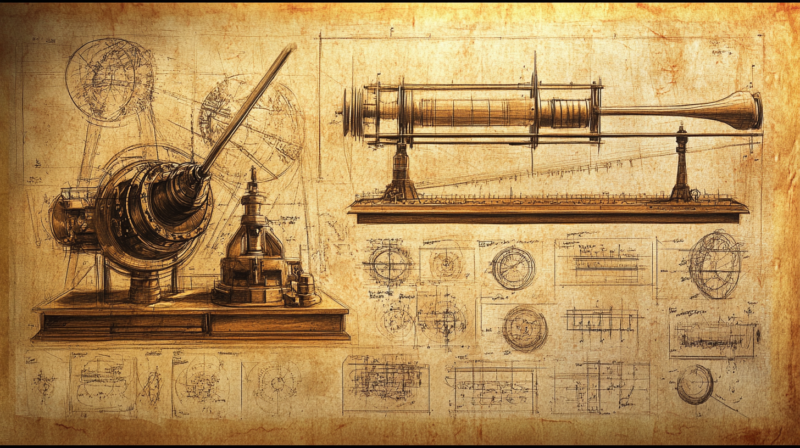Summary Points
- Economic and Political Borders: Researchers have identified an Iberian Bronze Age commnity, the economic and political borders between El Argar, the first state-society in the Iberian Peninsula, and its less centralized Bronze Age neighbors, revealing complex interaction dynamics rooted in pottery production and circulation.
- Innovative Methodology: The research utilized an unprecedented combination of field surveys, ceramic material analysis, and GIS spatial modeling to delineate social relations and production areas, highlighting the importance of ceramics in understanding prehistoric economies and borders.
- Core-Periphery Dynamics: The study indicates a core-periphery system where El Argar controlled trade and production of pottery and metals, reinforcing its dominance over neighboring communities through unequal economic relations and established borders.
- Insights for Further Research: This pioneering work lays the groundwork to explore similar border dynamics in other ancient European cultures, shedding light on the formation of early states and their interactions with contemporaneous societies.
The Emergence of Ancient Boundaries
Recent research reveals the intricate dynamics between El Argar, a prominent Bronze Age community in Southeast Iberia, and its neighbors in La Mancha and Valencia. For about 4,000 years, El Argar stood as a pioneer state-society, characterized by its advanced political and economic structures. The study focuses on the production and distribution of pottery, which played a vital role in establishing and maintaining socioeconomic borders. Researchers identified distinct differences in pottery techniques linked to specific regional clays, underscoring the varying economic systems. While El Argar efficiently manufactured and distributed ceramics over vast distances, neighboring communities relied on more localized methods of production. This marked difference highlights the unequal power relationships forged through trade and resource control.
Understanding these early boundaries sheds light on how societal structures developed in prehistoric Europe. Researchers propose that these findings can inform studies of other contemporary cultures, such as the Ún?tice and Minoan civilizations. The innovative methodology utilized in this research, combining field surveys and spatial modeling, allows for a nuanced understanding of ancient communities. Researchers hope that by applying this approach elsewhere, the study of historical borders can lead to broader insights into the formation and operation of early societies.
Redefining Prehistoric Dynamics of Iberian Bronze Age
The interaction between El Argar and its surrounding communities illustrates the complexity of ancient social relations. Researchers discovered active zones of trade and negotiation, where pottery vessels served as both economic goods and markers of power. This indicates that borders did not merely serve as physical barriers; they also acted as mechanisms for the establishment of authority and societal hierarchies. The identified core-periphery system reveals how the more centralized El Argar leveraged its resources to dominate surrounding areas. According to the study, these processes of boundary-making and maintenance occurred as early as 1800 BCE, offering pivotal insights into state emergence in Western Europe.
The implications of this research extend beyond archaeology. By understanding how early societies interacted and established boundaries, modern civilizations can reflect on their own social structures. The findings prompt a reevaluation of how we perceive borders, urging us to recognize their role in shaping economic and political landscapes. Furthermore, the integration of advanced methodologies in archaeological research showcases the importance of interdisciplinary approaches in uncovering the complexities of human history. As we delve deeper into the past, we enrich our understanding of the present and the universal patterns that continue to influence our world today.
Discover More Technology Insights
Stay informed on the revolutionary breakthroughs in Quantum Computing research.
Stay inspired by the vast knowledge available on Wikipedia.
TechV1

